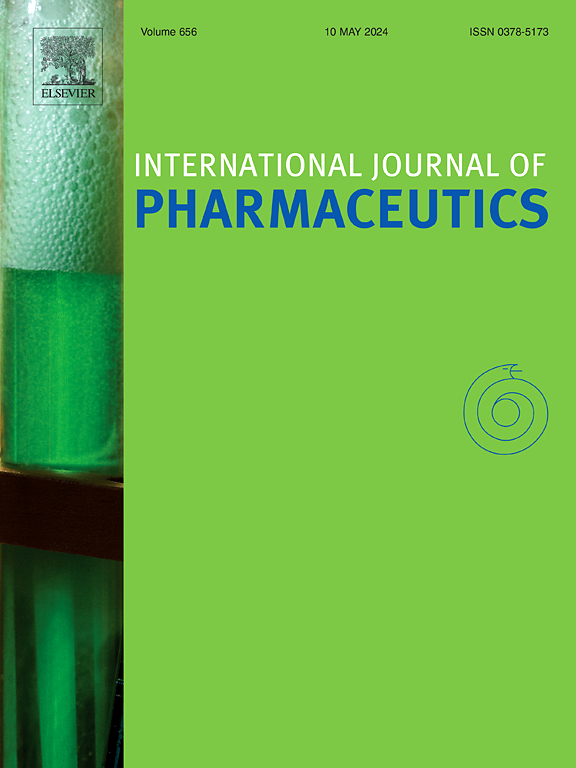Oxygen Sensitive Drug Release Using Hemoglobin Microbubbles: A New Approach to Targeting Hypoxia in Ultrasound-Mediated Drug Delivery
IF 5.3
2区 医学
Q1 PHARMACOLOGY & PHARMACY
引用次数: 0
Abstract
Targeted drug delivery strategies using focused ultrasound (FUS) are gaining prominence in clinical application. FUS offers deep tissue penetration and precise targeting capabilities. The capabilities of FUS in targeted drug delivery are greatly enhanced by the introduction of ultrasound contrast agents (UCAs – also known as microbubbles). This study introduces a novel hypoxia-targeting drug delivery system using hemoglobin microbubbles (HbMBs) conjugated with doxorubicin-loaded liposomes (LDOX). Previously, we reported that HbMBs exhibit significant acoustic response differences between oxygenated and deoxygenated environments due to hemoglobin’s conformational changes, which alters the MBs’ shell elasticity as well as resonance frequency. In this study, we coated the surface of HBMBs with LDOX to create Lip-HBMB complex and subsequently investigated its drug release at different oxygen partial pressures (pO2) when exposed to an ultrasound field. Results showed significantly higher drug release at lower oxygen levels, with about 10-times higher release at 5 mmHg pO2 than 160 mmHg pO2 at 0.5 W/cm2 US intensity and 3 MHz frequency. This highlights Lip-HbMBs’ potential for targeted drug delivery to hypoxic tumor regions, marking a significant advancement in focused ultrasound-mediated drug delivery. This study marks the first-ever report of ultrasound-mediated oxygen-sensitive drug uncaging, which holds promise in enhancing FUS specificity and addressing the challenges posed by metastatic cancer.

求助全文
约1分钟内获得全文
求助全文
来源期刊
CiteScore
10.70
自引率
8.60%
发文量
951
审稿时长
72 days
期刊介绍:
The International Journal of Pharmaceutics is the third most cited journal in the "Pharmacy & Pharmacology" category out of 366 journals, being the true home for pharmaceutical scientists concerned with the physical, chemical and biological properties of devices and delivery systems for drugs, vaccines and biologicals, including their design, manufacture and evaluation. This includes evaluation of the properties of drugs, excipients such as surfactants and polymers and novel materials. The journal has special sections on pharmaceutical nanotechnology and personalized medicines, and publishes research papers, reviews, commentaries and letters to the editor as well as special issues.

 求助内容:
求助内容: 应助结果提醒方式:
应助结果提醒方式:


